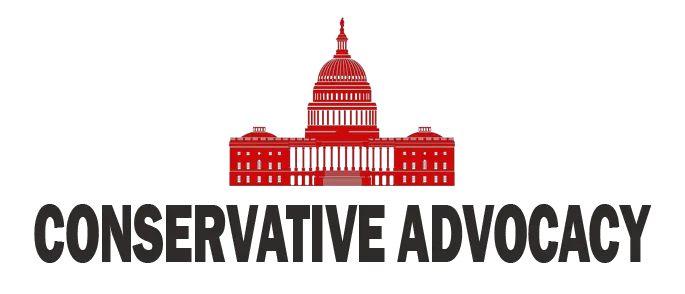In the ongoing conflict involving Gaza, there’s a disturbing trend that is hard to ignore: the manipulation of images and narratives to provoke sympathy and outrage. Recent issues have arisen with the dissemination of information and imagery related to the conflict. Critical observers are raising alarms about the authenticity of some representations, such as a New York Times photo of an emaciated Palestinian child that reportedly had a pre-existing medical condition.
It is crucial to understand that the use of dramatic imagery is not just about capturing attention; it is a tool to sway public opinion. Such imagery, often shared across social media platforms, attempts to create a visceral emotional response, which many find effective and troubling. The production of these images should not go unquestioned. When faced with potential misrepresentations, skepticism is not just warranted; it is necessary.
This situation underscores a broader issue within the realm of information dissemination. In today’s digital age, where visuals can easily be manipulated and narratives can be spun, the truth becomes a casualty. It leads to a society where misinformation can spread like wildfire, creating divided factions. The responsibility for discerning fact from fiction falls on the shoulders of the viewers. The questions should not only be about whether the images are genuine but also about the motivations behind their creation. Why resort to such tactics? What is the ultimate aim of amplifying such narratives?
The political implications of this misinformation can be staggering. Americans are already facing so many challenges, ranging from inflation to crime rates. When the truth is muddied by propaganda, it complicates our ability to form informed opinions. This is exactly what opponents of America want—confusion and division among the ranks. Clear thinking and honest dialogue are essential to counteract this. Instead of being swayed by powerful images and emotionally charged narratives, people should demand clarity and accountability.
In conclusion, the manipulation of facts, especially in high-stakes regions like Gaza, is an issue that deserves our scrutiny. Blindly accepting video and photographic evidence as truth without questioning its origins or intentions only furthers the cycle of deception. American individuals must approach such narratives with a critical mindset, holding all parties to account and ensuring that they seek the truth. Only then can society build a foundation of integrity and restore faith in the information being shared, both at home and abroad.




